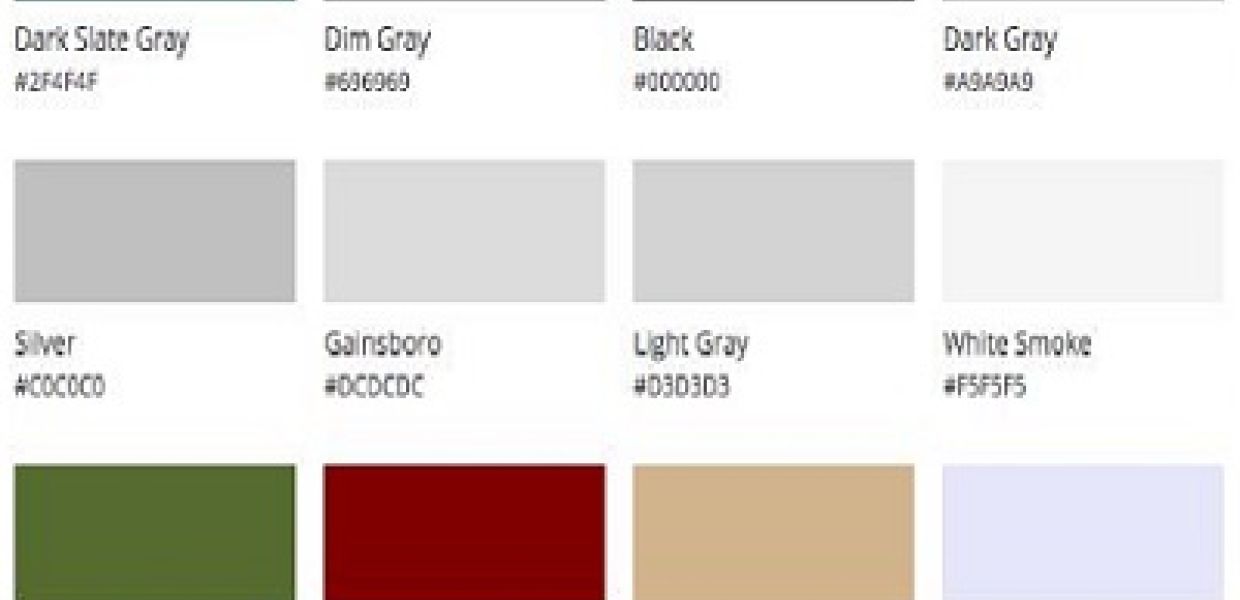Multilingual access; white paper redux

Best Practices for Multilingual Access
Last year, we asked you to contribute your knowledge to the White Paper on multilingual access to digital cultural heritage content. Many of you accepted our invitation and dedicated time to give feedback, add comments and make recommendations. It was a lively discussion and many different perspectives and new resources were introduced. We are now happy to announce that we have republished this White Paper incorporating all your feedback and taking your suggestions into account.
With your input, this White Paper has become a richer resource for practitioners and professionals working in digital cultural heritage. We have integrated new references and extended the section on evaluating multilingual components and the particular challenges of multilingual access. The white paper focuses on three different components of multilingual cultural heritage information systems: data, interactions and interface. We have collected together practical advice covering common challenges and listed best practice gathered from various projects within the area of digital cultural heritage. Amongst other things, you will find information on the different aspects of interface language, best practices for query translation as one form of multilingual access, recommendations for multilingual metadata and various language independent access options, such as the newly introduced color search in Europeana.

Europeana’s 'Search by color' is a way to cross language barriers and find resources independent of their (metadata) language.
We would like to thank everyone who contributed their perspectives, experiences, new literature and interesting links. We hope that you find the White Paper useful and draw on the resources when it comes to giving access to cultural material across languages.
